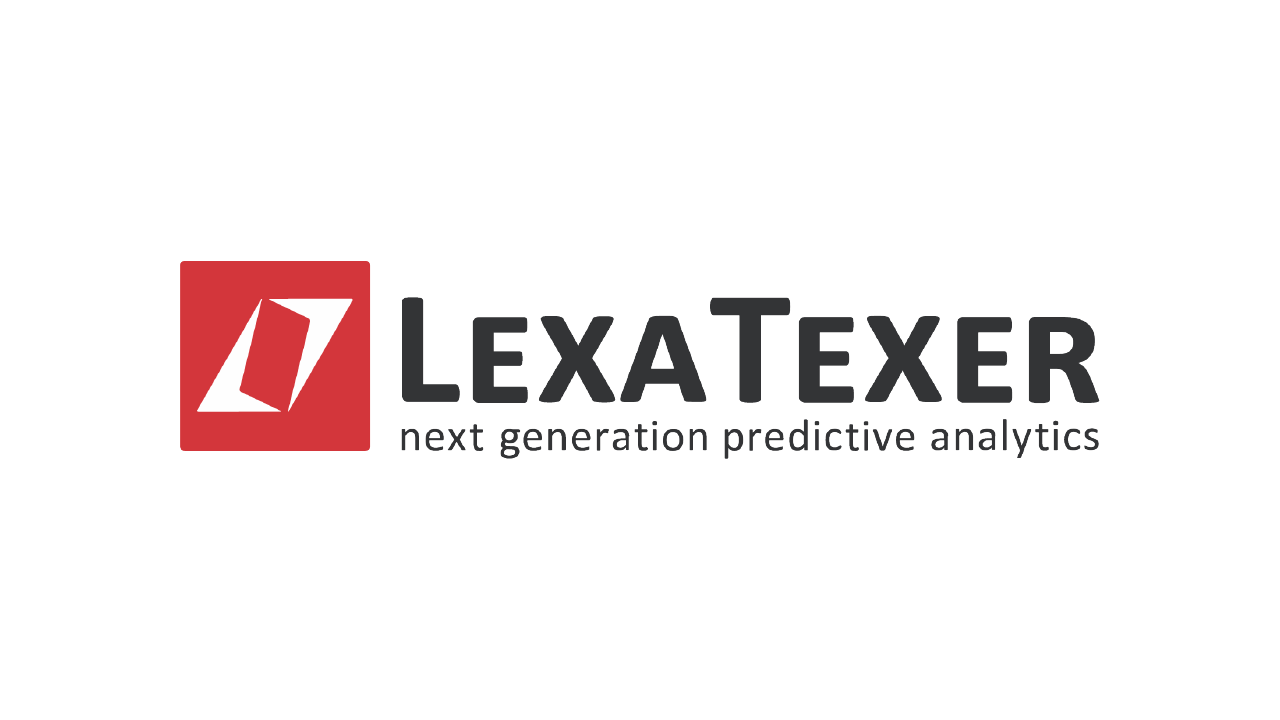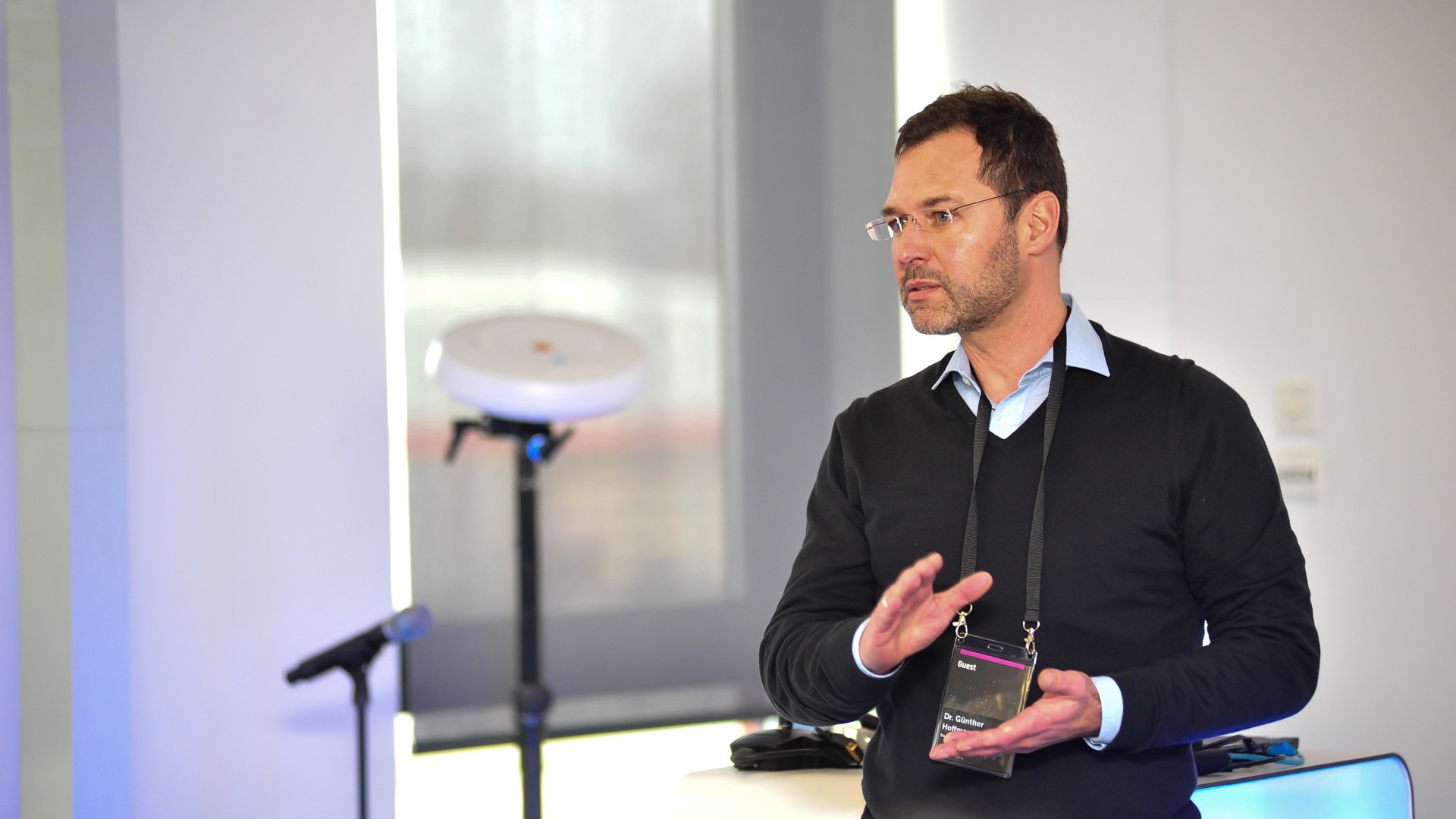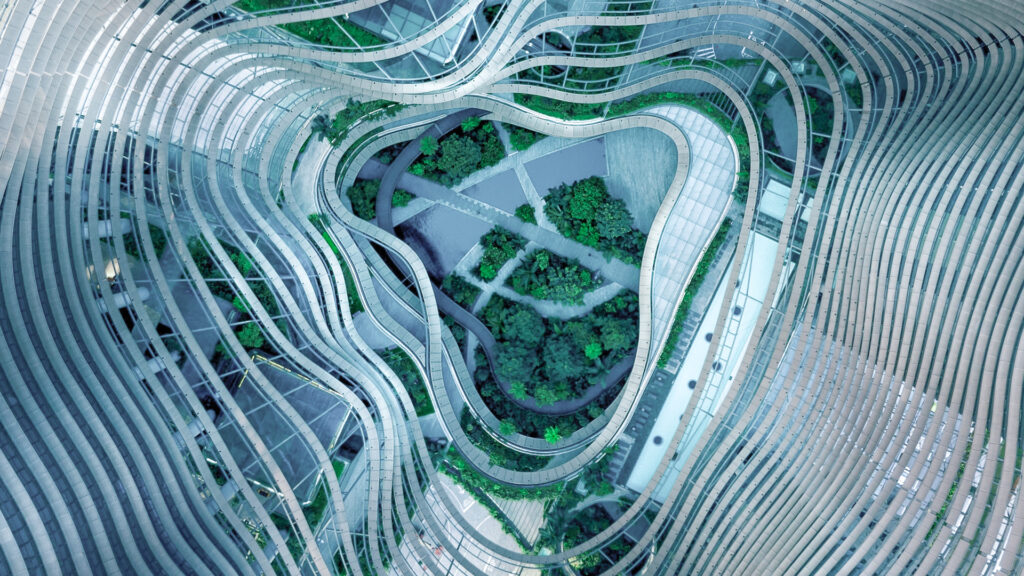LEXATEXER: MAKING A DIFFERENCE THROUGH NEXT-GEN AI TECHNOLOGIES
Hear the latest of AI technologies from Dr Günther Hoffmann, the founder of LexaTexer – who dove deep into the field before it became a hyped domain.
Interest in artificial intelligence (AI) may have picked up substantially in recent times, but it has not always been the hyped domain that it is now.
One individual, armed with a desire to work with the brightest minds across the globe and dabble with new gadgetry, dove head first into the field of AI.
Meet Dr Günther Hoffmann, the founder and CEO of LexaTexer and MedaPlus.
Prior to his venture into tech entrepreneurship, Dr Hoffmann was, foremost, a researcher in the US, holding a PhD in computer science as he specialised in AI and machine learning. During this period, he built a longstanding interest in the development of meaningful nexuses between academia and the real world, and wanted to make a positive impact on people’s lives through technology. This paved the way for his ventures into the world of startups, with the establishment of LexaTexer and MedaPlus.
LEXATEXER
LexaTexer is a startup that uses AI to develop software platforms that are capable of automating the building, testing, integration, operation and securing of data-driven AI solutions. Founded in 2017, the startup has quickly made waves in the industry under Dr Günther’s leadership, having already been validated by Fortune 500 companies such as Daimler Benz AG.

Representing LexaTexer, Dr Hoffmann took part in IoT Tribe’s Deeptech Accelerator programme as part of our second cohort of deeptech startups. We sat down with him to find out the latest trends regarding deeptech and AI, the recent progress he has made with LexaTexer and MedaPlus, as well as his plans for the near future.
LexaTexer and MedaPlus have been voted into the top 10 of the InnovateSingapore programme for the retail vertical and healthcare sector respectively, and MedaPlus has also been shortlisted as one of the top 100 startups for SLINGSHOT 2020. Congratulations on the achievements, and share with us what has helped to differentiate what you do from your competitors.
Thank you. There is a lot of trial and error involved when creating new products. In hyped domains like AI, there is a clear need to differentiate what could be done in the future from what can be done today. Listening closely and in some cases, co-innovating with our customers has helped us to create products for industrial and healthcare use that impact real lives today.
For example, we co-innovated our product LXTXR smart power with Salzburg AG, running data from over 30 power plants through our systems to generate an AI-driven solution that now supports utilities by extending the remaining useful life of their turbines. The same system is now used by facility managers to increase the efficiency of their buildings.
With MedaPlus, we have done similarly by co-developing with doctors from Germany and Switzerland to ensure that the data we use for AI-driven analytics is trustworthy and high in quality. We even went the extra mile by producing a system capable of explaining its findings, which is sometimes termed as explainable AI.

The ubiquity of AI in our daily lives has brought about the need to understand how AI systems work and why they make the decisions that they do. Explainable AI (XAI) is the framework to help humans interpret the multidimensional journey of data from the time of input to the final predictive output made by machines.
Explainability has become critical as the industry is leaning towards deep-learning neural network approaches for problem-solving. Neural network models are difficult for experts to comprehend and at times even undecipherable. They are also fallible and can create biases. If deployed for critical use cases, incorrect decisions by these ‘black box’ models can produce substantial negative impact.
Given the current developments in AI, use cases with significant human impact, such as those in the military or healthcare, would therefore fare well by using machine learning algorithms that are inherently interpretable. These would call for additional efforts to achieve the accuracy needed, but it is key to demonstrate transparency in the decision-making processes of machines used for high-impact use cases, noting the need to comply with regulatory requirements.
This strengthens confidence in the efficacy of AI systems, safeguards against biases and helps developers address system vulnerabilities. For use cases where impact is less profound, like AI-based chatbots or sentiment analyses of applications, concerns over the explainability of AI and how ‘black box’ models work are diminutive.
– Vinod Anand Bijlani, AI & IoT Practice Lead, Hewlett Packard Enterprise (HPE)
Deeptech and AI solutions provided by startups like LexaTexer and MedaPlus have been drawing much interest from corporates – share your thoughts with us why this has become increasingly the case over the past few years?
AI is not a new technology, it has been around for many years now and we have seen varying adoption rates in different industries. From what we observe, students who have learnt about AI and have an idea about its potential applications have now taken on decision-making positions on the buyer’s side. This has helped to speed up adoption.
Countries like Germany, Singapore and Japan now have to manage societal challenges such as their ageing populations, which has now encouraged governments to co-innovate with technology practitioners more actively than before, in order to address these issues and improve their efficiency.
Now more than ever, I anticipate AI to become a category of technologies that will have an increasingly significant impact on the way we organise our lives in the long run.
What advice would you give to companies that remain hesitant to kickstart their digital transformations?
Broadly speaking, we observe two different types of companies – (1) companies that have started monitoring and collecting data many years ago, even when they have not had the methods to analyse and gain immediate benefits from doing so, and (2) companies that are still trying to understand what kind of use cases and benefits they could derive from deeptech and AI solutions.
Companies in the former category may now find that they can benefit from the wealth of data they have previously gathered, and will have a head start.
In the context of LexaTexer, a tier-one automotive supplier we work with has collected data for a long time without a concrete application in mind. They have now benefited by putting those [sic] data to use through an AI-driven application co-developed with us, increasing their overall equipment efficiency (OEE) by 3 to 17% since.
Overall equipment effectiveness (OEE) is a great compounded metric to monitor the availability, performance and quality of manufacturing operations. For example, if your manufacturing line has installed capacity to produce 100 pencils a day and ended up making only 50, you can use the OEE calculation to determine the root cause behind it — how much of it was driven by lower availability of machines (e.g. unplanned breakdowns, start-up times, changes), inferior performance (e.g. micro-stops, lower speed) or poor quality (e.g. defective pieces).
In the past we would be tracking OEE at periodic intervals and use a variety of production reports as inputs to compute OEE on a daily or monthly basis. But now, thyssenkrupp has its own IoT platform to connect the machines in real-time and monitor OEE values as they happen, with the added benefit of making corrections and improvements immediately. We have also started deploying machine learning algorithms and edge analytics to continuously optimise the production processes and predict equipment failure in advance, all of which contributes to OEE improvements.
To put in perspective, even a 5% improvement in OEE can have 1 to 3 times the impact on the bottom line of industrial plants.
– Abhinav Singhal, Head of Strategy and Transformation, SAP (formerly from thyssenkrupp)

Another use case is a producer of welding machines for large tankers and vessels. They had amassed a lot of data from their welding robots, but were unsure how to put that to use. We were able to step in and use those data sources to build applications that enable non-experienced welders to create very complex structures with a welding torch, simply by routing the data through these torches using AI.
Contrary to off-the-shelf software, deep tech and AI solutions require numerous experiments to pull off, but for companies which are willing to accept that as part and parcel of the development process, and are willing to adapt accordingly, they will often find success at the end of this process.
Having established a clientele in Germany, Austria, Switzerland and the UK, tell us about your plans in Asia, and how does IoT Tribe’s Deeptech Accelerator programme fit into these plans?
The ASEAN countries are now leading growth in many industry sectors, and countries like Singapore have made the most of digitisation initiatives that are yet unseen in Europe. In some of the niche markets we are active in, like hydropower, Southeast Asia is by far the largest and fastest growing market. The adoption of new technologies is also rapid in Asia. IoT tribe’s Deeptech Accelerator helps us to identify the right approach in addressing these markets, and connects us with their large network of local specialists. We appreciate all of IoT Tribe’s help to get us up and running fast in the region.

The investment outlook for early-stage deeptech startups in Southeast Asia remains robust, driven by the importance of AI within Industry 4.0. At the same time, Covid-19 has transformed the way people work, live, and learn, creating enormous opportunities for deeptech founders to create novel solutions leveraging advanced analytics and data as digital oil.
Over the next few years, there will be increased SPAC and IPO deals for select tech startups in Southeast Asia, through which founders and venture investors will use recycled capital to back the next generation of promising startups.
The strong growth of the tech ecosystem in Southeast Asia has been a positive factor for founders by democratising access to networks, mentors, talent, and capital. As the saying goes, it takes a village to nurture a startup, thus I will encourage deeptech founders to surround themselves with like-minded stakeholders such as IoT Tribe to navigate their startup journey.
– Eddie Ler, Partner, Vantage Venture
Do you have any tips for startups that hope to emulate your achievements on multiple fronts with LexaTexer and MedaPlus?
I’m afraid there is no recipe or silver bullet. But persistence and a capability to learn from failure may certainly help.
One last thing before we end off – care to share with us something that you are passionate about besides AI and technology?
I’m quite fond of skydiving and jumping out of perfectly intact airplanes.



